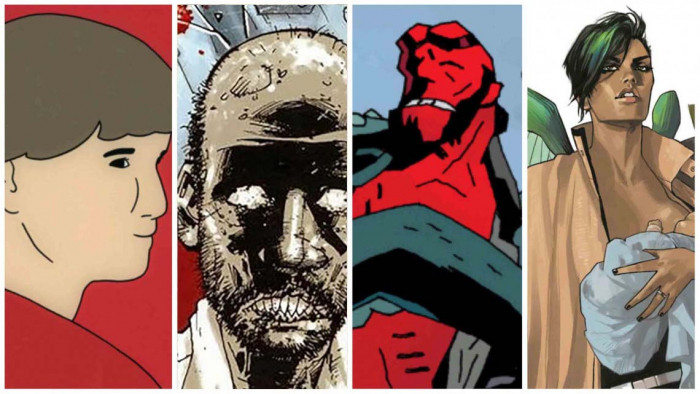Why Shakespeare might not look like you think he does
Why Shakespeare might not look like you think he does


“God has given you one face, and you make yourselves another”
Not our words, rather those of William Shakespeare, inadvertently prophesying a future in which his own face is a topic rife with contention.
Well perhaps no longer...
Described as the “literary discovery of the century” by Mark Hedges, editor of Country Life, the magazine which broke the story, a four-centuries-old botany book reportedly contains what might be the only known portrait of the Bard made during his lifetime.
The ‘find’ comes from historian and botanist Mark Griffiths, cracking an "ingenious cipher" to identify the playwright in an engraving in a first-edition copy of The Herball or Generall Historian of Plantes, a whopping 1,484 page book described as the largest single-volume work on plants ever published (but then you knew that).
One of only 10 surviving copies with title page etched by illustrious engraver William Rogers, the four figures engraved were long assumed to have been imaginary. Griffiths, however, thought better and proceeded to strip the decorative devices around the figures, including heraldic motifs and emblematic flowers, to reveal their true identities.
The figures he found include author Gerard, botanist Rembert Dodoens, Queen Elizabeth's Treasurer Lord Burghley and, finally, The Fourth Man, holding a bell-shaped flower (fritillaria) along with an ear of sweetcorn, alluding, Griffiths believes, to Shakespeare's poem Venus and Adonis and the play Titus Andronicus.
Additionally, below the bearded fourth man, wearing a laurel wreath, sat "an ingenious cipher of the kind loved by the Elizabethan aristocracy" which when decoded confirmed his identity as William Shakespeare.
Speaking of the find at London’s Rose Playhouse, Hedges said the engraving showed the Bard aged 33 and "in his prime. “He's written Midsummer Night's Dream and he's shortly to write Hamlet. He has a film star's good looks.
“This is the only known verifiable portrait of the world’s greatest writer made in his lifetime, it is an absolutely extraordinary discovery … until today, no one knew what William Shakespeare looked like in his lifetime.”
Griffiths, who has spent the last five years consulting Latin and Shakespeare scholars before making his find public, wrote: The Fourth Man is not cartoonish or stylised. It may be monochrome, in fancy dress, and just 3.5 inches tall, but this is something that has been sought for centuries. By the time that portraits of Shakespeare were at a premium, the significance of the Rogers engraving had faded from memory. Its camouflaged figures, coded plants and ciphers proved too clever for its own good.”
Until now, the only known authentic likeness of the Bard was from the first folio of his collected works, published posthumously. So the jury may well be out on quite how accurate the discovery is.
What do you think: genuine Shakespeare or much ado about nothing?
[Via: BBC]
[Images: Rex]









